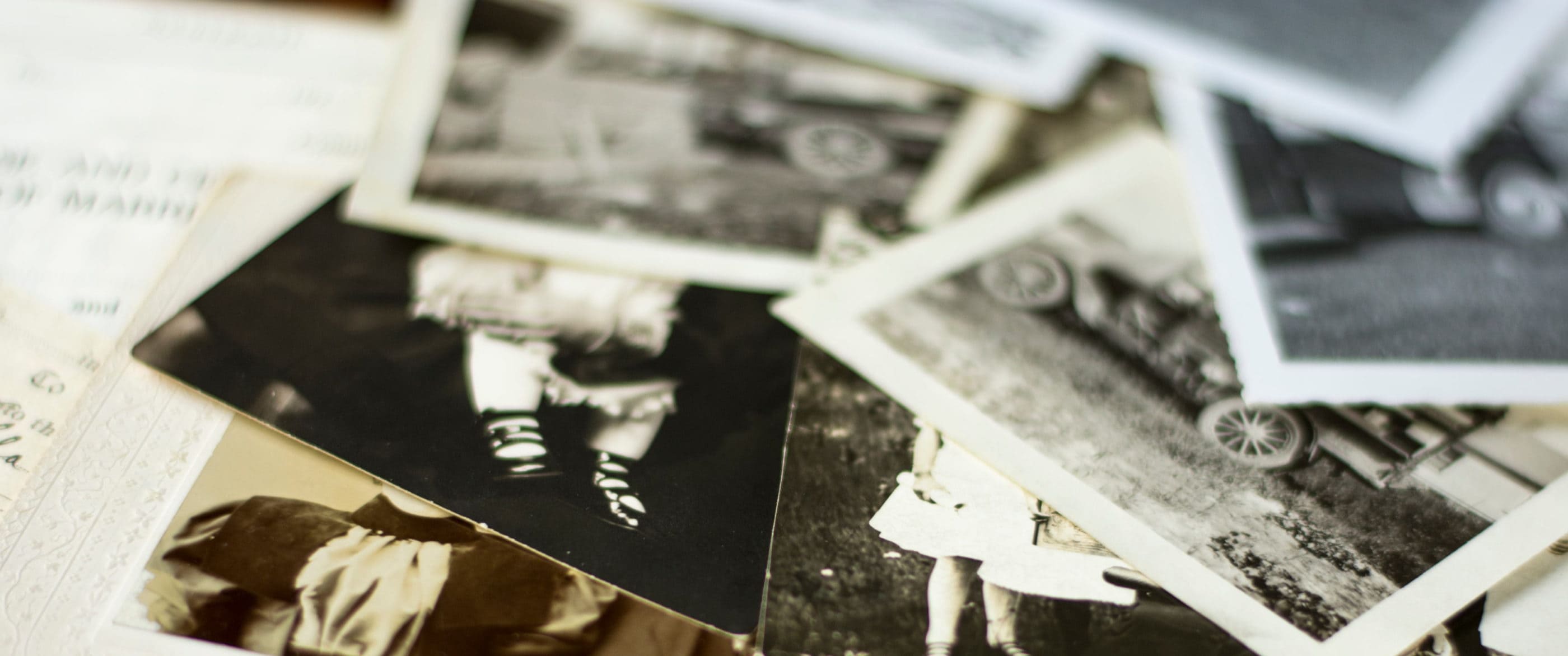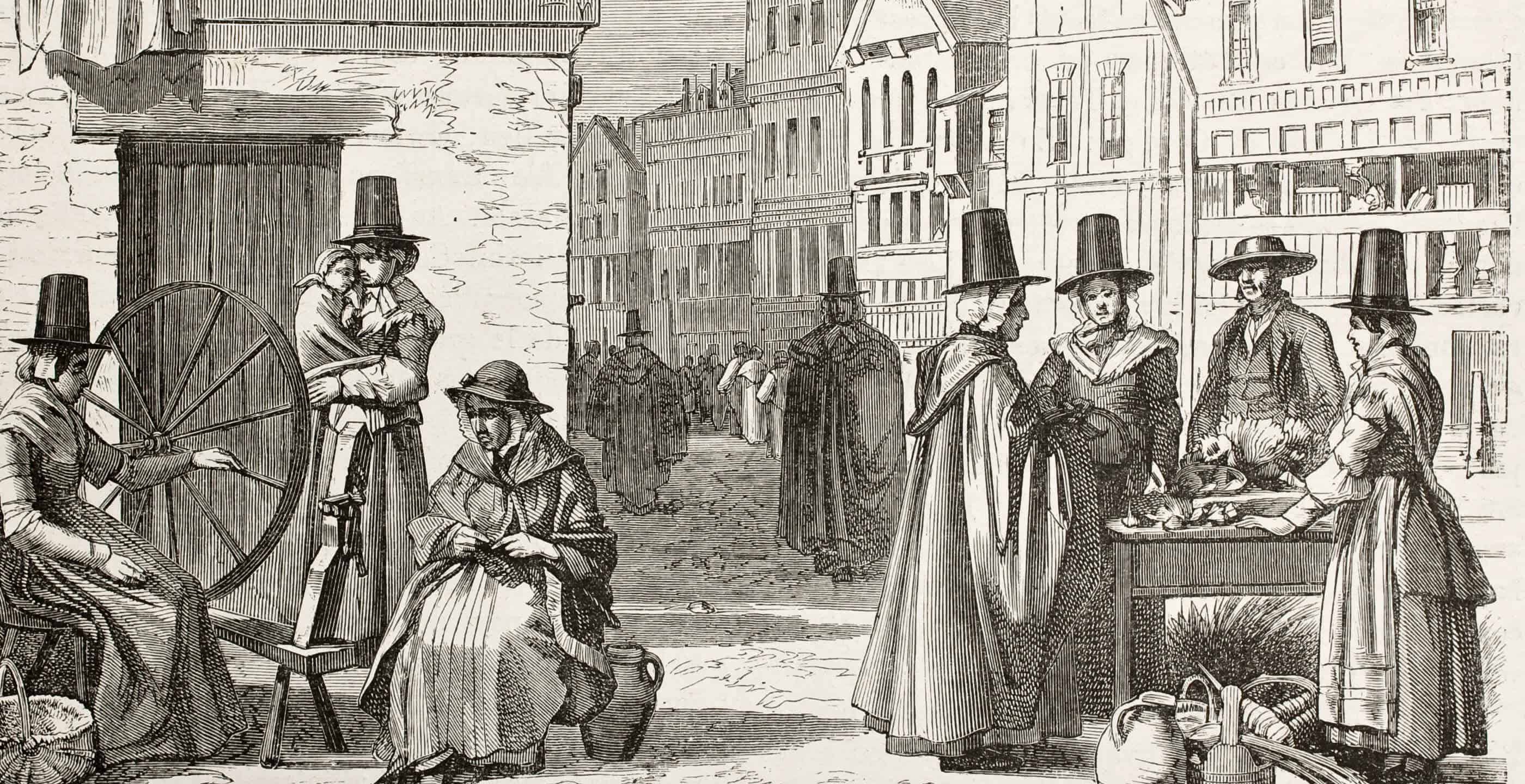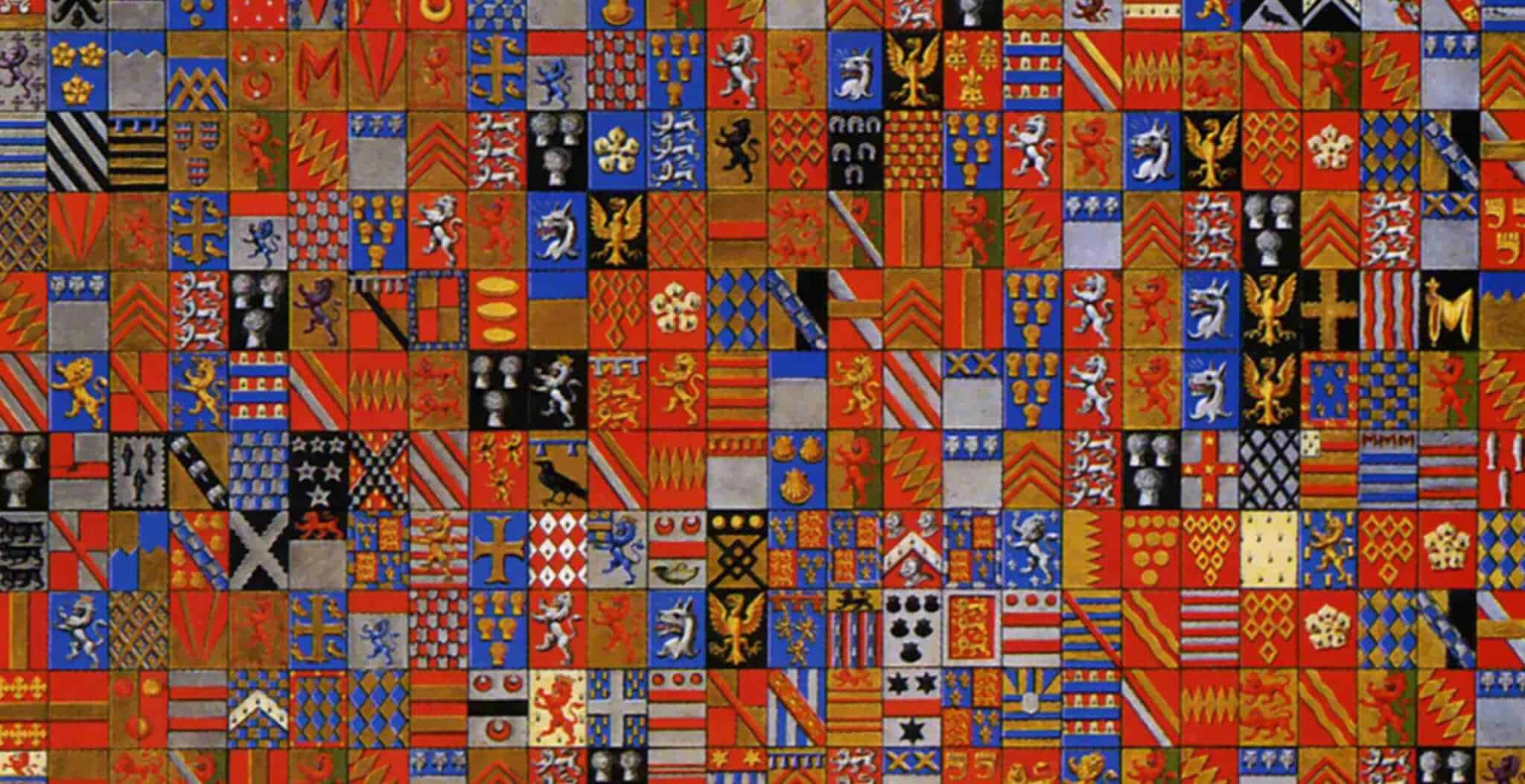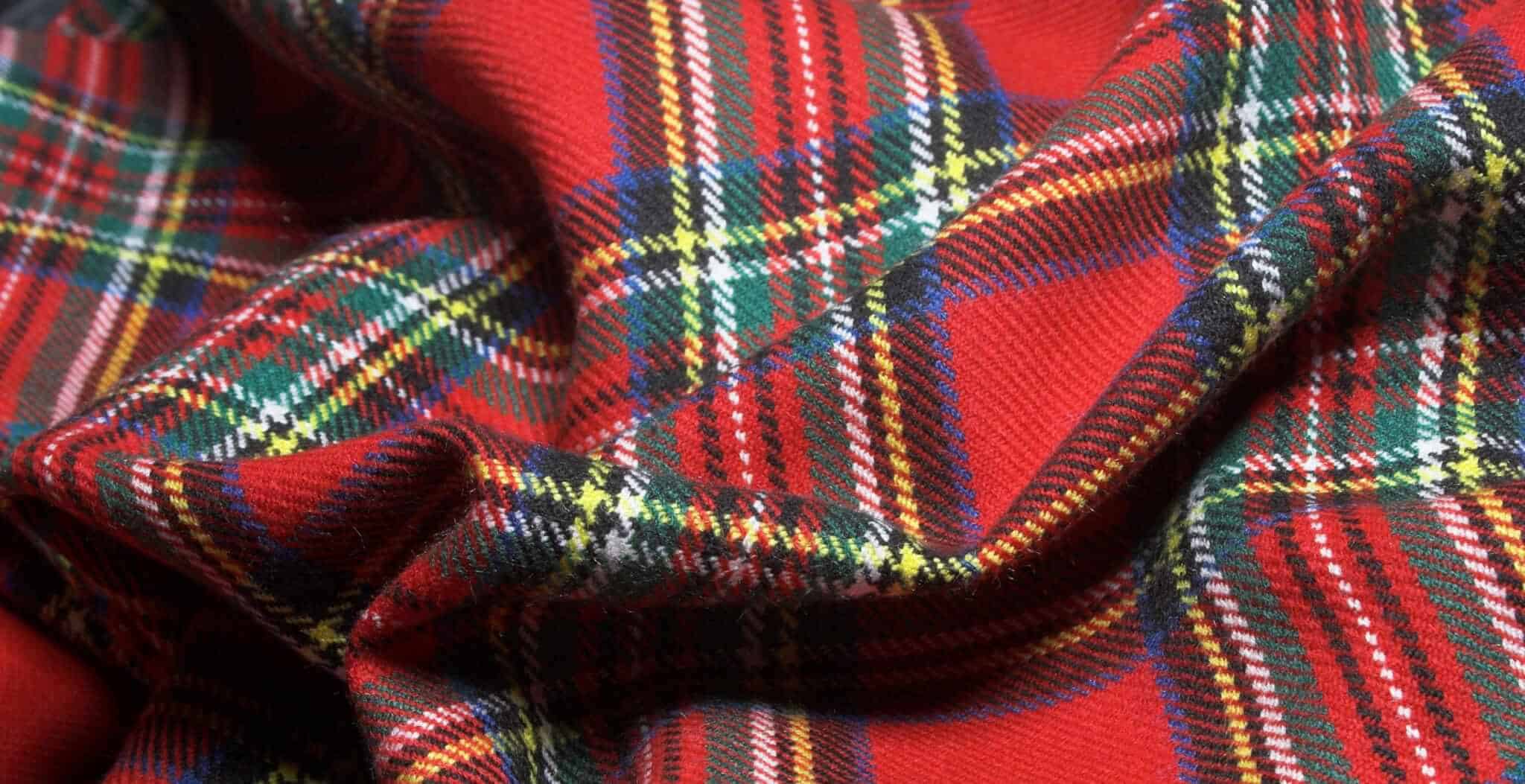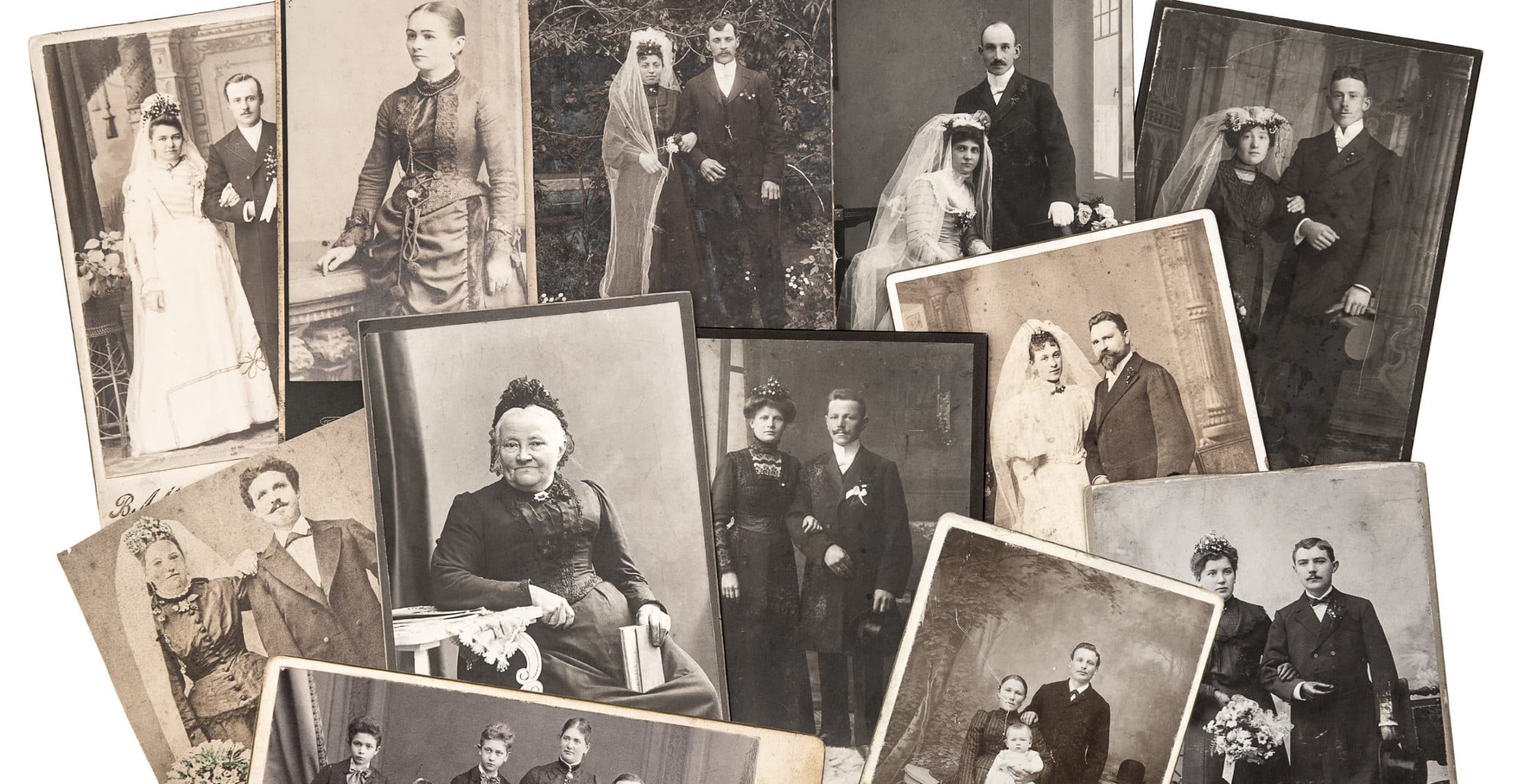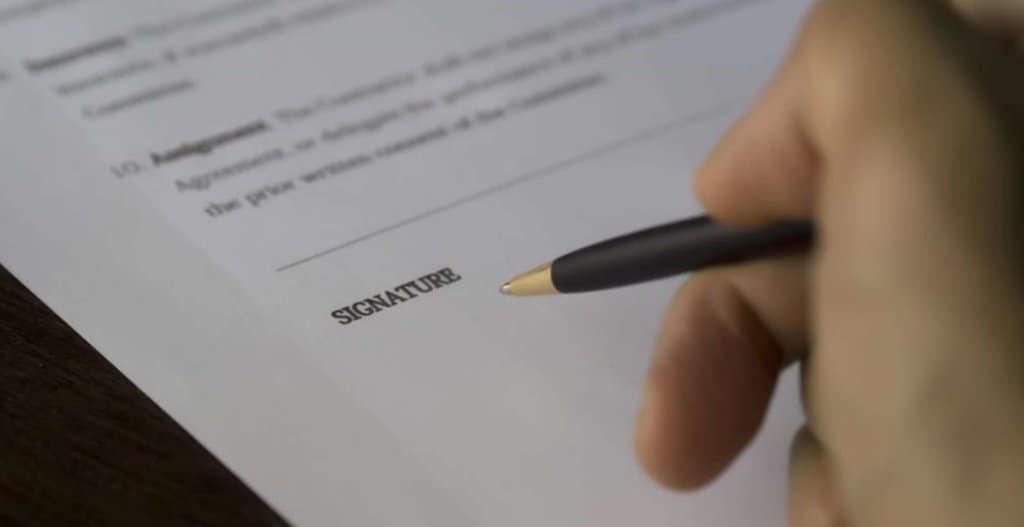Have you ever wondered about your family ancestry and where you come from?
You may have living grandparents – or great-grandparents – who can tell you their memories of childhood but this will only take your family story back so far.
To find out more, you would need to trace your family tree. There are many tools available to help you do this: websites such as ancestry.co.uk and findmypast.co.uk give you access to hundreds of sources, such as the censuses which go back to 1831. To research further back, you might consult parish records or nowadays, you can even trace your DNA!
We tested the two most popular DNA testing kits available. There are others available, but these are the market leaders. We found that for these two kits, initial costs are comparable and the way the DNA results are displayed is also very similar. Both products have clear and easy instructions and the test is easy to do.
The science behind the kits.
Both kits test autosomal DNA only. Autosomal DNA is the DNA that you inherit from all of your ancestors, not just from one line or branch of your family tree. It doesn’t help with identifying individual ancestors but it does give an idea of ethnicity, i.e. where in the world your ancestors came from.
You get about half of your autosomal DNA from your mother and half from your father, who also get half from each of their parents, and so on. Interestingly, siblings may have different results, as although they share the same parents and get 50% of their autosomal DNA from each, they do not necessarily receive the same 50%!
To produce the ethnicity estimates, your DNA is compared with people native to each region and the closer the match, the higher the likelihood that your ancestors came from that region.
Ethnicity results are very interesting and will either corroborate your family tree research or point you in the right direction, but will not help in identifying indiviual ancestors, except perhaps for those living relatives whose DNA is also in the company’s database. Both companies will only allow potential relatives to contact you if you have given permission.
However this can be a useful tool, because other relatives may have more information relating to your family tree; they may have traced ancestors you were unaware of and it can be a good way of making quick progress with your own tree. It is worth double-checking the information though, as sometimes mistakes may have been made. For example if researching Welsh ancestors, it is quite common for a surname such as Davies or Roberts to find several families living in the same small village with the same names!
Ancestry DNA Review
| Cost | £49 to £79 |
| DNA Sampling Method | Saliva |
| Time for Results | Up to two months |
One of the products available to help you do this is the Ancestry DNA kit, trialled by one of the team here at Historic UK.
This kit contains an instruction booklet, a plastic tube to collect your saliva and a pre-paid box in which to send off your sample. It is very simple to do: you register online according to the details in the instruction booklet, then spit into the tube up to the mark, seal and send off to be tested.
You will be kept up to date by email with progress of the testing and when the results are ready to view. Typically this can take from a few weeks to a couple of months.
The Results
There is an informative on-line video about DNA and DNA testing.
The DNA results show a map of your Ethnicity Estimate. Regions on the map are highlighted and your Ethnicity Estimate is given for each region by percentage:
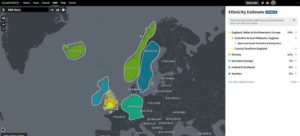
Click on any of the regions and there is more information:
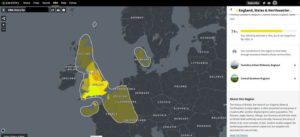
A short history of the region is included to explain migratory patterns etc.
If you are a member of ancestry.co.uk or ancestry.com, you can link your DNA results to your family tree on the site.
MyHeritage DNA Review
| Cost | from £39 |
| DNA Sampling Method | Saliva |
| Time for Results | 3 to 4 weeks |
Another product available to purchase online is MyHeritage DNA, based in the USA and also trialled by another team member at Historic UK.
The kit requires you to take a cheek swab which is sent back to the lab for processing (you have to pay postage to the US). The results arrive in around 4 – 5 weeks and are sent by email.
The Results
These appear as an animated presentation with musical accompaniment, and again, like AncestryDNA, include a world map with highlighted regions showing percentage ethnicity results.
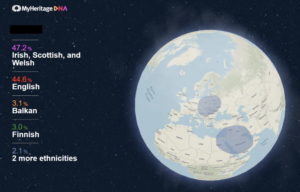
A personal family tree page is also set up for you on the myheritage.com website using information you gave about your parents and grandparents.
Should any DNA matches be found on their data base, an email is sent to you detailing that a match has been found, along with their relationship to you – cousin, second cousin once removed etc. There is an option to contact them through a secure link.
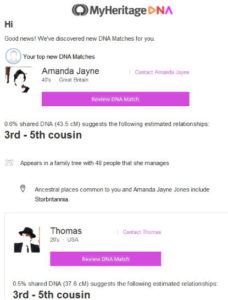
So which kit is best?
On balance we found that either kit will give good results, displayed in a similar manner. The price of each kit is comparable and both companies allow you to connect with potential relatives if you so wish. If you are already a member of Ancestry and are using it to produce your family tree, then perhaps the AncestryDNA kit might be best, and vice-versa for MyHeritageDNA. Or, of course, your choice might just come down to which sampling method you prefer!
